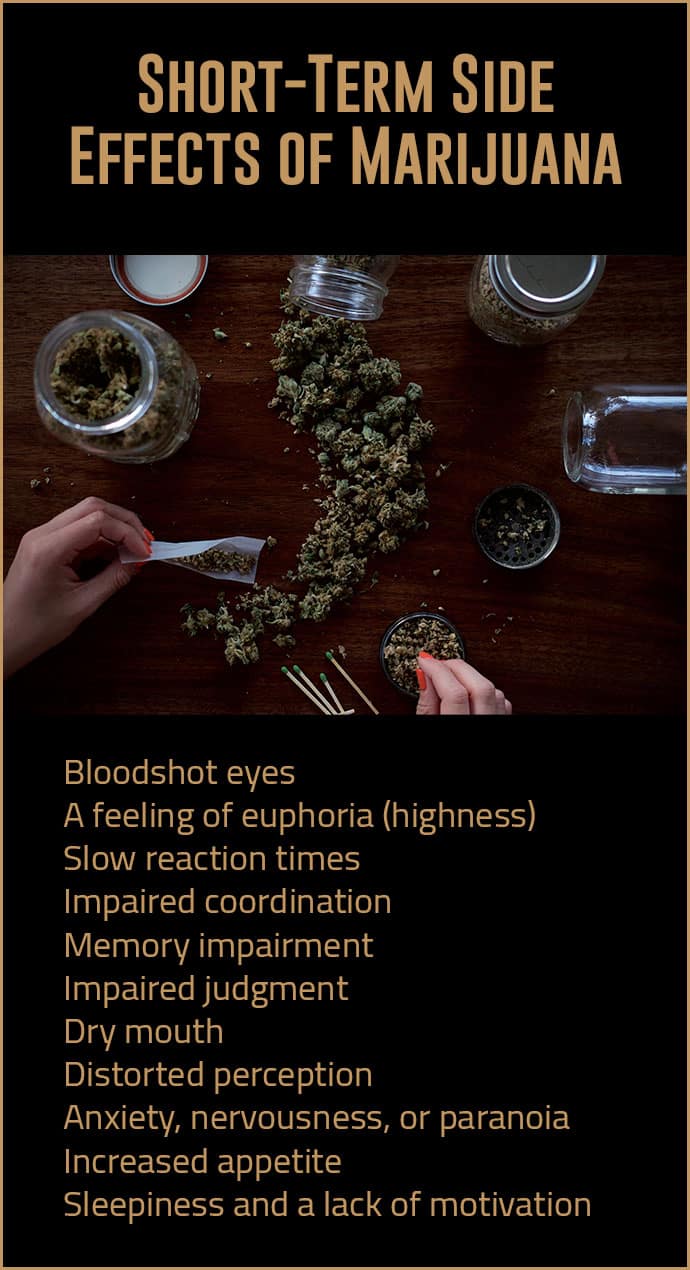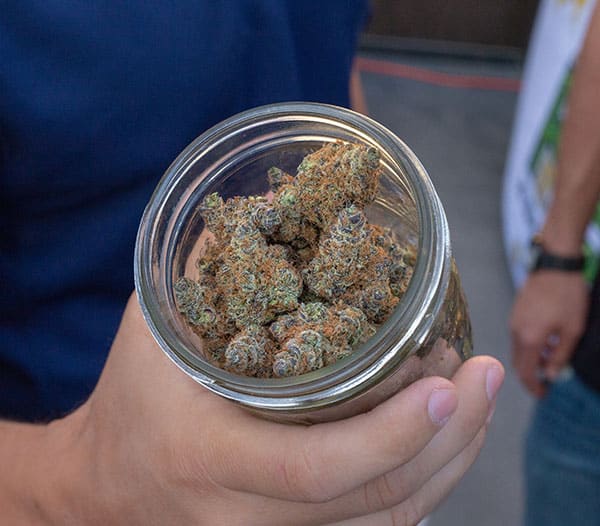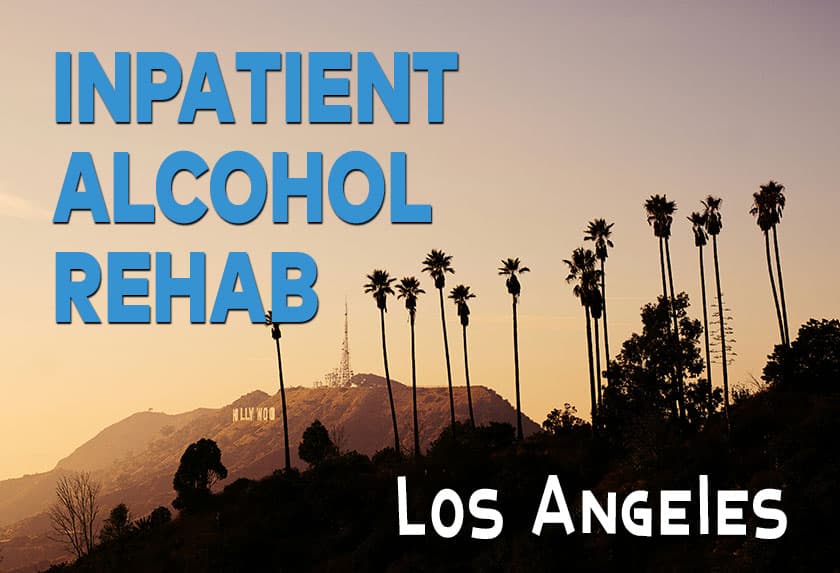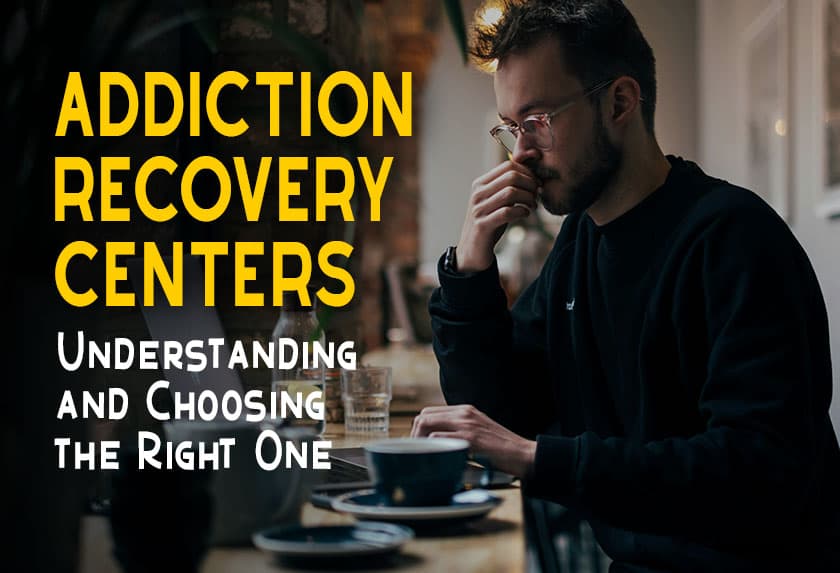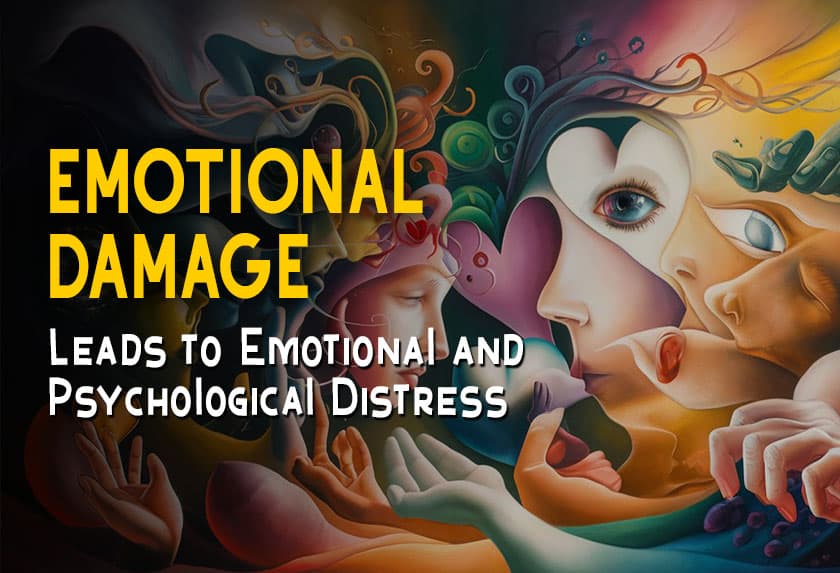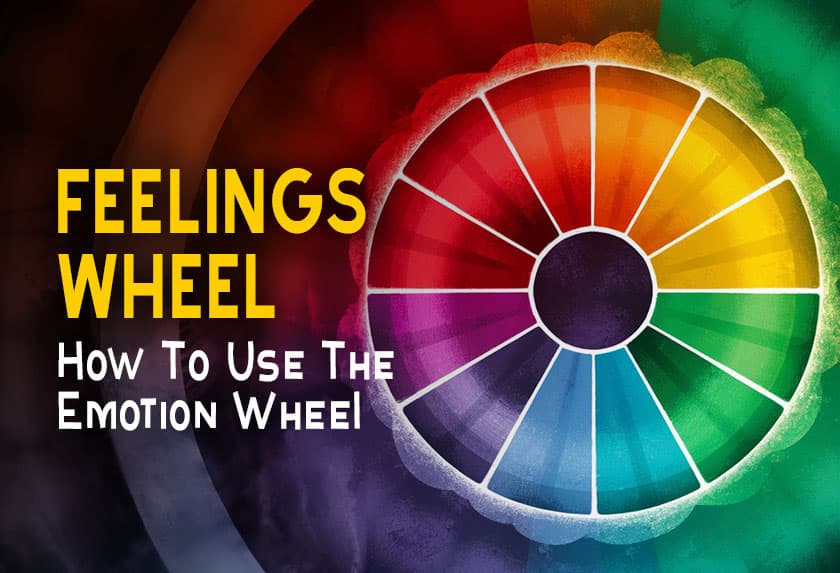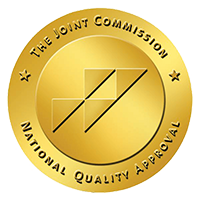Marijuana goes by many names, with weed and pot being the most common. Other slang terms include dope, Mary Jane, grass, ganja, hashish, bhang, bud, joint, blunt, herb, and doobie. Cannabis may give off the impression of a fun, cool, and harmless recreational substance—but it’s far from it. With many Americans increasingly taking little issue with its use, it is important to put the adverse side effects of marijuana front and center.
According to the National Survey on Drug Use and Health, more than 49 million people aged 12+ report using marijuana within the last year. The high prevalence rate comes in light of widespread state legalization and changing public perceptions of the drug.
But just because something is ‘legal’ or popular does not mean it’s not dangerous. Take the example of alcohol. Drinking is legal and popular, yet the World Health Organization (WHO) ranks alcohol as “the leading risk factor for premature mortality and disability among those aged 15 to 49 years.”
If anything, the lax attitude towards intoxicating and harmful substances like alcohol and marijuana make them even more dangerous.
So, what are the harmful side effects of marijuana?
Short-Term Side Effects of Marijuana – Signs of Marijuana Use
Marijuana mainly refers to the dried leaves, seeds, flowers, or stems of the Cannabis Sativa plant. The substance is mainly consumed via smoking—where it’s either hand-rolled into cigarette-like joints/blunts or burned in bongs. Weed can also be vaped, brewed with teas, cooked into food, applied topically, or used as part of an oil.
After dabbing or smoking weed it affects your body almost immediately. The characteristic signs of its use are also largely the short-term side effects of smoking weed. These weed side effects include:
- Bloodshot eyes
- A feeling of euphoria (highness)
- Slow reaction times
- Impaired coordination
- Memory impairment
- Impaired judgment
- Dry mouth
- Distorted perception
- Anxiety, nervousness, or paranoia
- Increased appetite – Also known as ‘munchies’
- Sleepiness and a lack of motivation
Long-Term Side Effects of Marijuana
The cannabis plant contains compounds known as cannabinoids, with tetrahydrocannabinol (THC) being the main psychoactive (mind-altering or intoxicating) chemical responsible for the characteristic ‘high’ people seek.
A key point to note is that the average THC content of weed has rocketed from under 1% in the 1970s to 13% in 2010 and is even as high as 30% today. This increased potency impacts the long-term negative effects of marijuana.
Other factors that influence the long-term side effects of weed include the frequency of use, the amount taken at any given time, delivery method, age of the user, and substances the pot is mixed (cut) with.
Here are some of the long-term side effects of marijuana on your physical and psychological health:
What are the Negative Effects of Marijuana on the Heart?
Bloodshot eyes are among the most common immediate side effects of marijuana. But have you ever wondered why that happens? Well, THC causes your blood vessels to expand and carry more blood. It also increases your heart rate by 20-50 beats per minute for up to 3 hours, which can burden the heart.
A potentially life-threatening side effect of marijuana is a fivefold increase in your risk of heart attack within the 1st hour of use. Other weed side effects from frequent use include an increased risk of stroke and heart diseases such as atrial fibrillation (a type of heart rhythm disorder). And according to the CDC, smoked marijuana typically delivers the same harmful substances (and by extension, the same harmful effects) as smoked tobacco.
Side Effects of Marijuana on the Brain
The negative effects of marijuana on the brain are wide-reaching. THC has been shown to directly affect brain function by attaching to cannabinoid receptors, which connect to nerves responsible for memory, concentration, time and sensory perception, coordinated movement, decision-making, emotions, and pleasure.
Research shows that people who use pot frequently are at a higher risk of psychotic symptoms such as hallucination, disorganized speech and thinking, delusions, and schizophrenia. The National Institute on Drug Abuse (NIDA) also links marijuana use to mental health problems such as anxiety, depression, and suicidal thoughts.
The concerns are even greater among the youth, with studies suggesting that using weed at a young age may impact how the brain builds connections for functions such as learning, memory, and attention. The negative effect of marijuana on brain development may be long-lasting or even permanent.
What are the Side Effects of Smoking Weed on the Lungs?
Marijuana smoke contains most of the harmful chemicals (irritants, toxins, and carcinogens) in tobacco smoke. This means that the side effects of smoking weed (even infrequently) are similar to those of smoking tobacco, including:
- Increased phlegm
- Chronic coughing
- Shortness of breath
- Bronchitis
- Increased risk of lungs infections
- Aggravation of existing lung illnesses
Side Effects of Weed During Pregnancy
Marijuana use during pregnancy can have adverse effects on the baby. Chemicals in weed, such as THC, can be passed to a baby in the womb or through breast milk.
According to a 2016 study published in Obstetrics & Gynecology, neonatal weed side effects include an increased risk of premature birth, low birth weight, and stillbirth. Newborns may also exhibit problems with neurological development.
Pregnant women who abuse the substance are at increased risk of experiencing adverse side effects of weed, such as forgetfulness, confusion, and anemia.
Mothers should also be aware that THC is stored in body fat, where it’s released slowly—meaning a breastfeeding baby could be exposed to weed side effects even after you’ve stopped using the drug.
Other Side Effects of Marijuana
- Bone Health: There are two sides to cannabis and bone health. On the one hand, heavy marijuana use has been linked to lower bone density. On the other hand, there are positive side effects of weed, with cannabinoids shown to accelerate bone healing after a fracture.
- Severe Nausea and Vomiting: Long-term use of cannabis may lead to a serious weed side effect known as Cannabinoid Hyperemesis Syndrome. This is characterized by intense episodes of nausea and vomiting.
- Cancer: Researchers have not yet identified a definitive link between marijuana use and cancer. But because smoking weed exposes you to some of the carcinogens found in tobacco smoke, it’s only logical to assume the side effects of marijuana and tobacco are similar, including an increased risk of cancer.
Marijuana Addiction (Cannabis Use Disorder)
Is marijuana addictive? Contrary to popular belief, weed is an addictive drug. THC triggers an excessive release of dopamine (the feel-good chemical), which give you a pleasant high—but also increases the risk of dependence.
It’s estimated that up to 30% of people who take weed may develop some form of marijuana addiction or cannabis use disorder. Some tell-tale signs of marijuana use disorder include:
- An insatiable urge to use the substance regardless of the side effects of marijuana
- Inability to cut down or quit cannabis use
- Problems with social life due to weed use
- Prioritizing marijuana over work and family obligations
- Withdrawal from friends and family
- Spending more money and time using weed
- Using the drug in high-risk situations
- Using more weed than intended
- A need to use more pot to get the same feeling of euphoria
- Experiencing withdrawal symptoms after attempting to stop cannabis use
But even if someone presents these clinical warning signs of weed addiction, it’s not advisable to diagnose yourself or anyone else without the input of a healthcare professional.
Where Can I Find Help for a Marijuana Use Problem or Addiction?
People with cannabis use disorder usually do not believe they have a problem—and it’s their family and friends who notice the signs. The addicted individuals tend to ignore the side effects of marijuana and wrongly assume they have control over their habits. But any attempt to stop proves incredibly difficult due to withdrawal symptoms.
If you or someone you know are struggling with marijuana addiction or any other substance use disorder, help is always available!
And because marijuana addiction is complex and every person’s experience is different, it’s best to seek help at a holistic treatment facility such as Revive Detox—where we explore the best treatment options for your unique dietary, physical, psychological, and emotional needs.
Marijuana addiction treatment may include medication-assisted therapy, nutrition therapy, specialized supplements, emotional & psychological support, marijuana detox, and ongoing recovery support, among other holistically based services.

